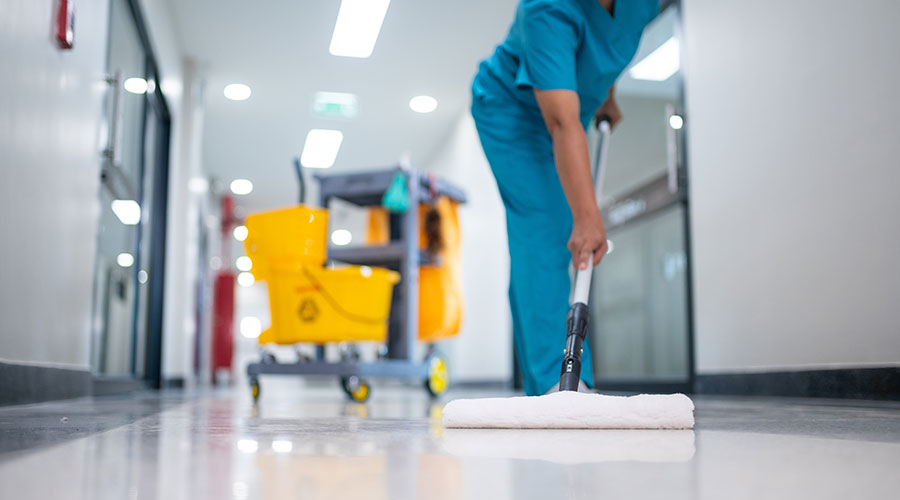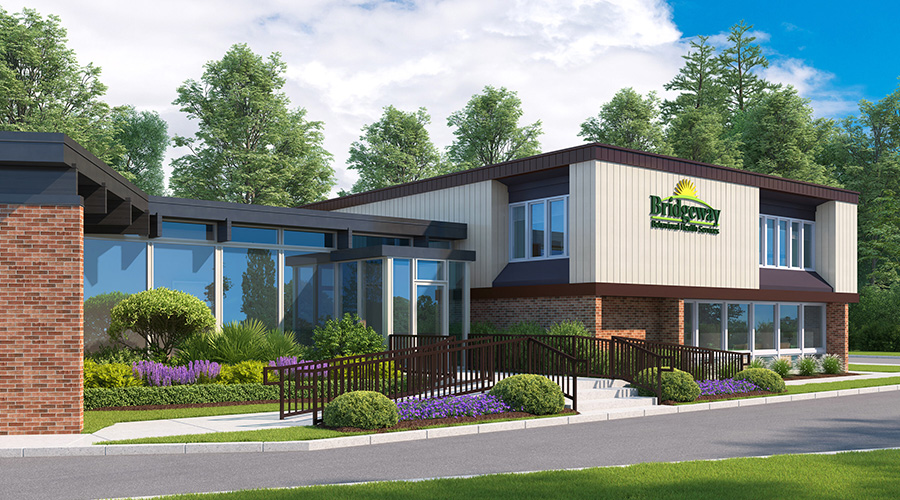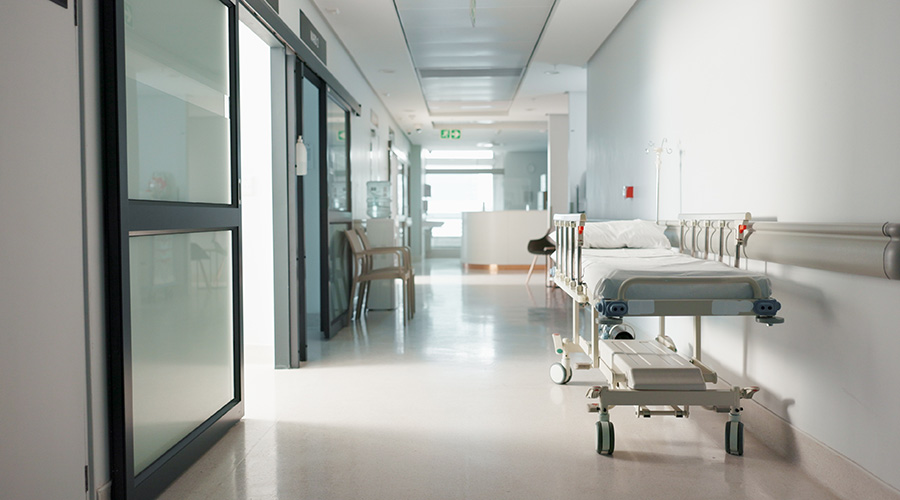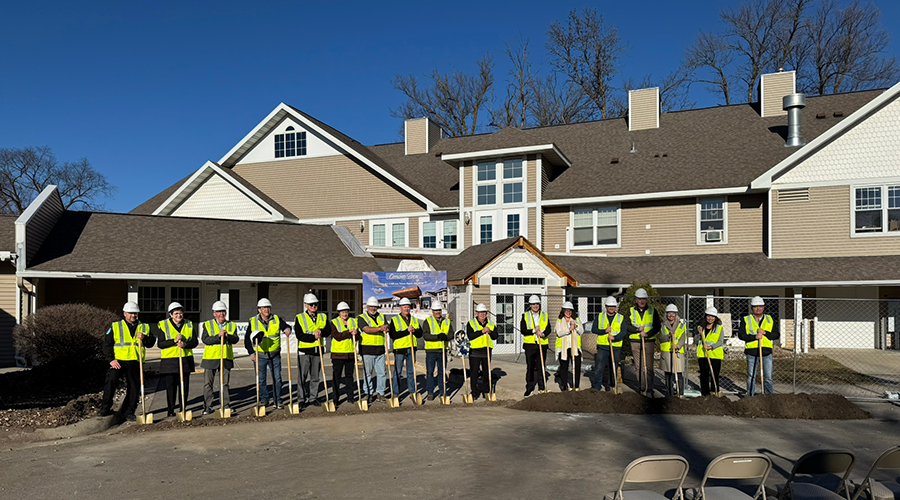Slips, trips and falls are among the leading causes of injury and death in healthcare facilities — and it’s no wonder. Elderly and physically compromised patients are more prone to falling, and more likely to sustain life-threatening injuries as a result.
But sickly people are not the only ones at risk. Slip and fall incidents also affect medical staff, says Russ Kendzior, president of the National Floor Safety Institute (NFSI).
When it comes to preventing slips, trips and falls in hospitals, facility managers hold more sway than doctors. About half of all slip and fall injuries are caused by hazardous walking surfaces — a concern that facilities can address with a strong floor safety program.
“When you break down the causes of slip and falls, 50 percent are the result of floor coverings and how they’re maintained, so that’s 50 percent we can control,” says Rob McNealy, founder of Flooristics LLC. “Hospitals can control the type of floors they have and how they’re maintained, and they have a legal obligation to do so.”
Tracking traction
When it comes to choosing slip-resistant flooring, the most important metric is the coefficient of friction (CoF), a measurement of the resistance to motion between two surfaces in contact with each other. The higher the CoF, the higher the traction level of the floor and the less likely it is to be a slip hazard.
As a floor inspector and walkway auditor, McNealy helps facilities choose new floor coverings or replace existing flooring based on three factors: budget, maintenance and CoFn. The latter is the most important variable in hospitals and other healthcare facilities.
“Pick the right type of flooring from the get-go that has high traction,” McNealy says. “There are lots of options for high-traction floors across different flooring categories.”
Some flooring manufacturers include the CoF on the product label, but most do not. For those that do not, McNealy recommends hiring a consultant to test CoF on different floor samples before making a purchasing decision.
Welded sheet vinyl is recommended for hospitals because it has good traction and is easy to maintain, says McNealy. Other good options include ceramic or porcelain tiles, as well as stained and sealed concrete that allows staff to dial in the traction level based on the chosen polishing pads. As a rule of thumb, the higher the sheen, the less traction the floor has.
Of course, most hospitals still have their original flooring and no plans to update it any time soon. In these situations, McNealy suggests hiring a walkway auditor to measure the existing floors’ CoF. If the floors have low traction, it could be they were made that way, or it could be a maintenance issue.
Related Content: Design Choices to Prevent Slips, Trips and Falls
“Improper maintenance can decrease the traction level of a high-traction floor,” he says. “In fact, improper maintenance can decrease the traction of any kind of floor, and that’s endemic. I see it everywhere.”
Meticulous matting
When it comes to slip and fall injuries, the biggest culprit is sand, says Dave Thompson, director, Academy of Cleaning Excellence.
“All dirt has some amount of sand, and sand will get between your shoe and the substrate you’re walking on, causing loss of traction,” he says. “So if you want to eliminate slips in a building, start by keeping the sand out.”
Matting is a hospital’s first line of defense against sand and soil entering the building, but floor mats themselves can be a trip hazard, Kendzior says.
“Avoid using conventional mats at building entrances,” he says. “People are coming in with walkers and canes, and they’re going to shuffle their feet. Instead, use carpet tile or walk-off carpet tile in vestibules.”
Thompson recommends a three-part matting system consisting of 10 feet of matting outside the facility, a more aggressive matt or carpet tiles to collect soil in the entryway and a wiper mat to remove moisture or fine particulates that escaped the first two mats.
Facility directors should make sure mats are NFSI-certified and use them sparingly in other areas of hospitals, keeping in mind their potential to become a trip hazard, Kendzior says. Mats should also be visually inspected and cleaned regularly on the top and bottom.
“Dry dust on a hard surface can act like a ball bearing,” says McNealy. “If the bottom of the mat isn’t clean or the floor isn’t clean, the mat can slide around.”
The dirt on floorcare
If mats are the first line of defense against soil entering the hospital, ongoing maintenance is the primary protection against unsafe floors inside the building.
Thompson suggests damp mopping before cleaning floors because it is easier to collect more dry debris with a damp microfiber paid than with a dry pad. Following that step, technicians can use autoscrubbers. But it is important to regularly maintain autoscrubbers because sand can damage blades and squeegees. Environmental services workers should remove squeegees nightly and wipe them down.
“Most hospitals use autoscrubbers to clean their hallways, but one of the biggest problems is the squeegee doesn’t pick up the water left behind,” says Kendzior. “So it’s important to check the squeegee every time the machine is used because if it gets a crack or tear in it, it will deposit water.”
Overuse of chemicals is another common problem that can contribute to slippery floors. To avoid this problem, custodians should use dual-sided mop buckets and microfiber mops instead of string mops and single-bucket systems.
Communication is key for creating and implementing a successful floor safety program. Although floor safety starts with the facility team, it should be on everyone’s radar, including medical staff.
“It seems every lawsuit I’ve worked on was because of a spill that everyone knew about but didn’t address,” Kendzior says. “If a doctor or nurse sees a spill, they need to get a warning sign up or wipe it up if it’s small. Every minute that spill is there, it’s a potential slip hazard, so everyone has to be more vigilant and take responsibility.”
Kassandra Kania is a freelance writer based in Charlotte, North Carolina.

 Healthcare Is the New Retail
Healthcare Is the New Retail Bridgeway Behavioral Health Services Launches Campaign to Renovate Health Center
Bridgeway Behavioral Health Services Launches Campaign to Renovate Health Center Ground Broken for New North Dakota State Hospital
Ground Broken for New North Dakota State Hospital AI Usage for Healthcare Facilities
AI Usage for Healthcare Facilities Ground Broken on Pelican Valley Senior Living Modernization Project
Ground Broken on Pelican Valley Senior Living Modernization Project